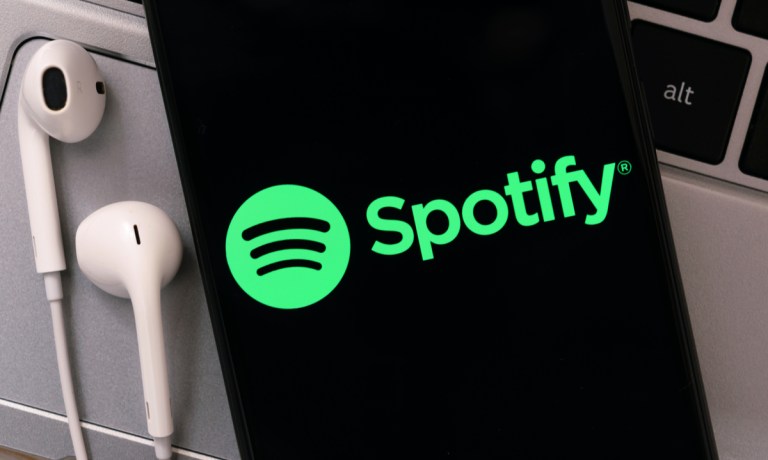
In February, Spotify dropped the beat with its artificial intelligence (AI) DJ — a personalized guide so in tune with the Spotify user and their music preferences that it can effortlessly orchestrate their playlist.
“The beauty of these experiences is our ability to deliver the right piece of music for that exact moment in time, and maybe even connect you with your next favorite artist in the process. We’re building on that innovation by harnessing the power of AI in an entirely new way,” said the streaming giant in a blog post at the time of the launch.
In the development of its AI DJ, Spotify harnessed its music recommendation technology, generative AI insights, genre knowledge, and a dynamic AI voice platform. As a result, the AI DJ comprehends and caters to users’ music preferences, crafting playlists that embrace both contemporary and nostalgic music selections.
During the company’s quarterly earnings call on Tuesday (Oct. 24), Daniel Ek, the founder, CEO, and chairman of Spotify, emphasized that AI at Spotify was intended to boost engagement and generate an “even more compelling value” for users.
Ek then pointed out that Spotify’s AI DJ was designed with this specific goal in mind: “It can personalize things. It can contextualize things. It can provide this thing at a scale that would be impossible to do by humans,” Ek explained.
Ek also highlighted the significance of AI voice translation at Spotify and stressed that as Spotify expands its content library, it naturally enhances user engagement, as it increases the likelihood of offering content that resonates with consumers. With that, AI voice translation holds immense potential for both creators and consumers, particularly in non-English language content, where availability is limited.
For creators, Ek said this technology opens up opportunities to reach previously untapped geographies. Ek also reiterated his commitment to the “win-win” philosophy at Spotify, that initiatives benefiting both creators and consumers benefit the platform itself.
In May PYMNTS reported that Spotify had reportedly removed tens of thousands of AI-generated songs from its platform.
According to the report, an insider with knowledge of the situation disclosed that Spotify has taken down about 7% of the songs contributed by the AI music service Boomy, amounting to “tens of thousands” of tracks.
An additional informant revealed that Universal Music had informed platforms like Spotify about observing dubious streaming patterns with Boomy’s tracks. These songs were removed due to concerns about “artificial streaming,” involving online bots masquerading as real users to inflate the song’s metrics.
Read more: Spotify Tunes Out AI-Produced Songs
Spotify hit the right note Tuesday, as its shares rose 10% following a surprise profit performance in the third quarter, marketing the company’s first quarterly profit in a year and a half. While the streaming company credits its strategy of increasing prices and trimming expenses, the company’s efforts to create a service that resonates with consumers has also played a role.
“Bottom line, it’s a really exciting time at Spotify,” Ek said.
Earlier this year, Spotify implemented price hikes for its subscription plans, resulting in monthly bills increasing by $1 to $2, depending on the specific plan. In its third-quarter earnings report, Spotify acknowledged that the “the early effects of price increases” played a significant role in the company’s 11% year-over-year revenue growth.
In the quarter, the company boasted 574 million monthly active users. These monthly active users contributed €447 million in ad-supported revenue, reflecting a 16% year-over-year increase, as reported by the company.
Spotify’s recent financial success highlights its adaptability and the effectiveness of its strategies in attracting and retaining consumers. This, in turn, opens up opportunities for brands to tap into the increased user engagement on the platform and connect with a more receptive audience.
The trust users have in Spotify can also extend to the advertisements displayed on the platform. This trust factor makes users more likely to view these ads positively.
Moreover, Spotify’s pricing strategy, which has raised prices without significant subscriber loss, indicates that users value the platform. This makes Spotify an appealing destination for brands looking to invest their advertising dollars.
In addition to this, Spotify’s investment in advanced advertising technologies and precise targeting equips brands with the tools they need to create more effective advertising campaigns.